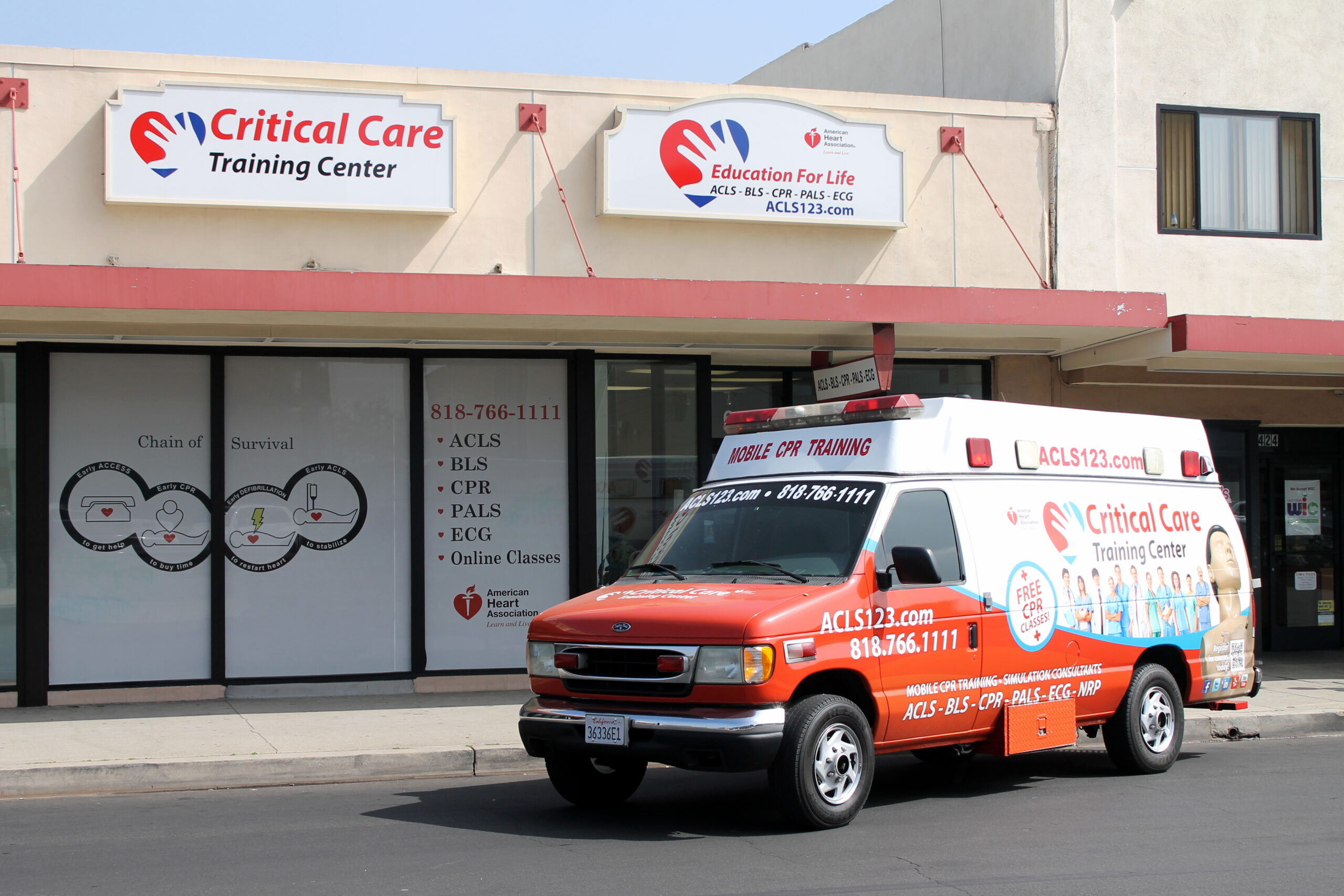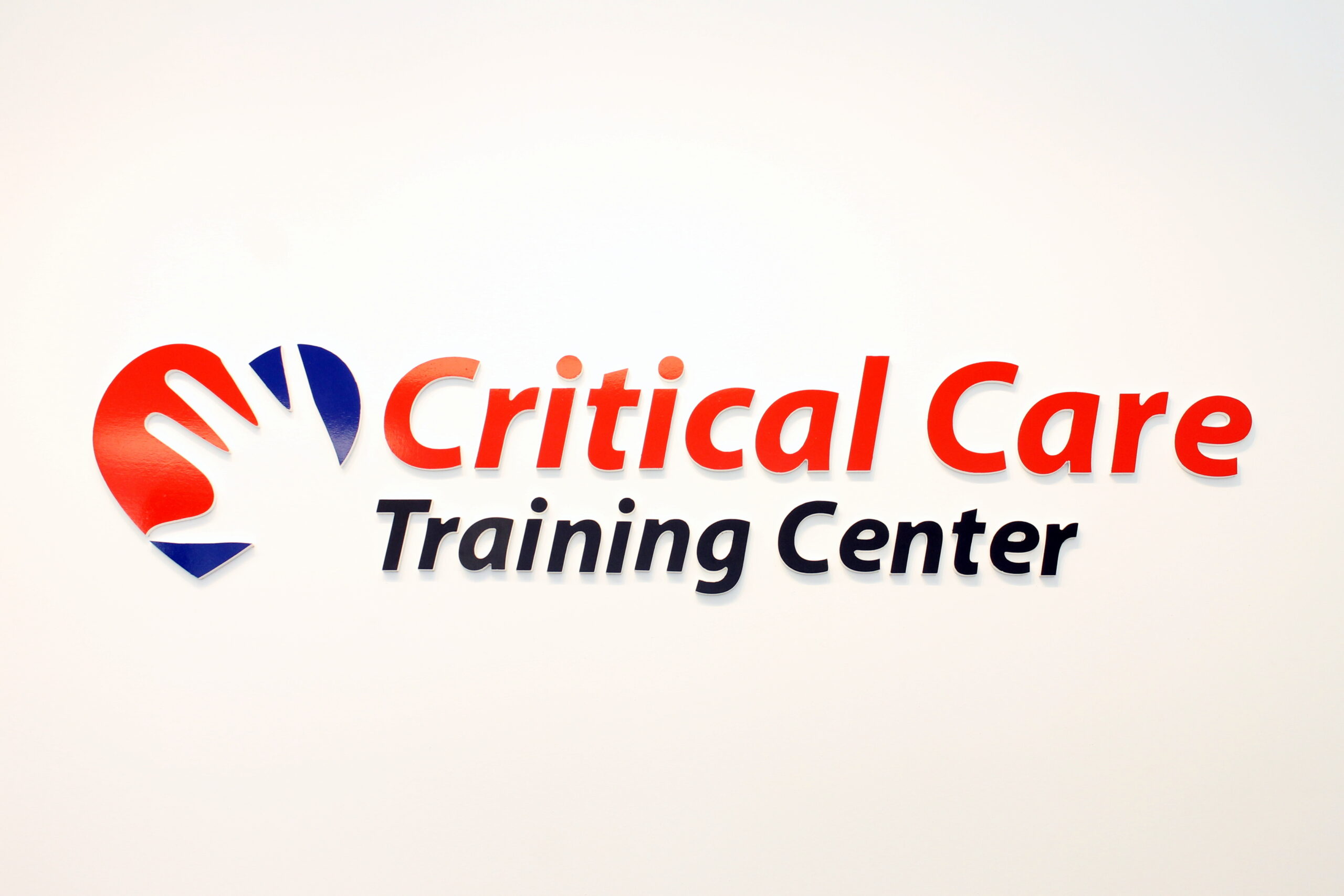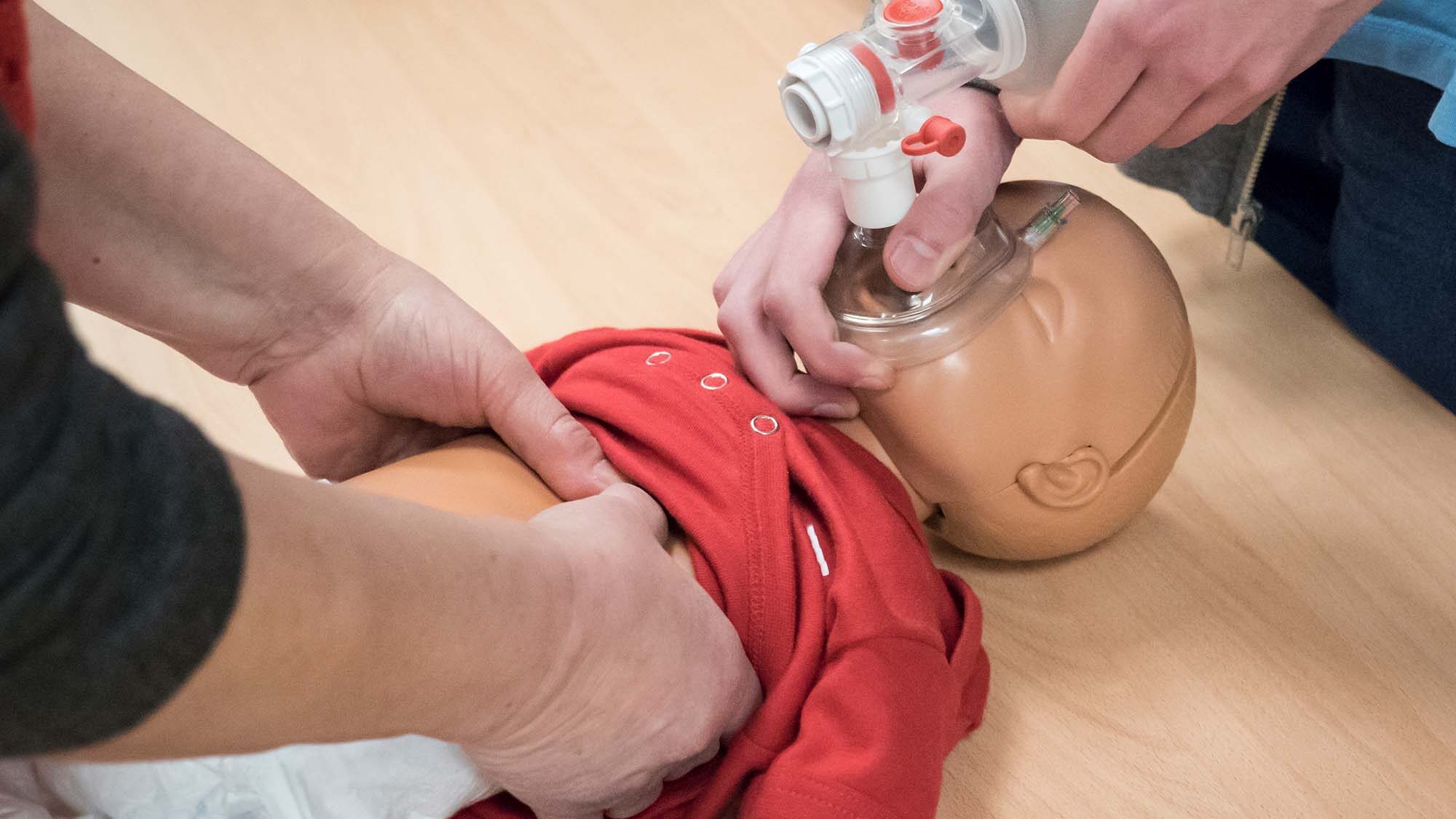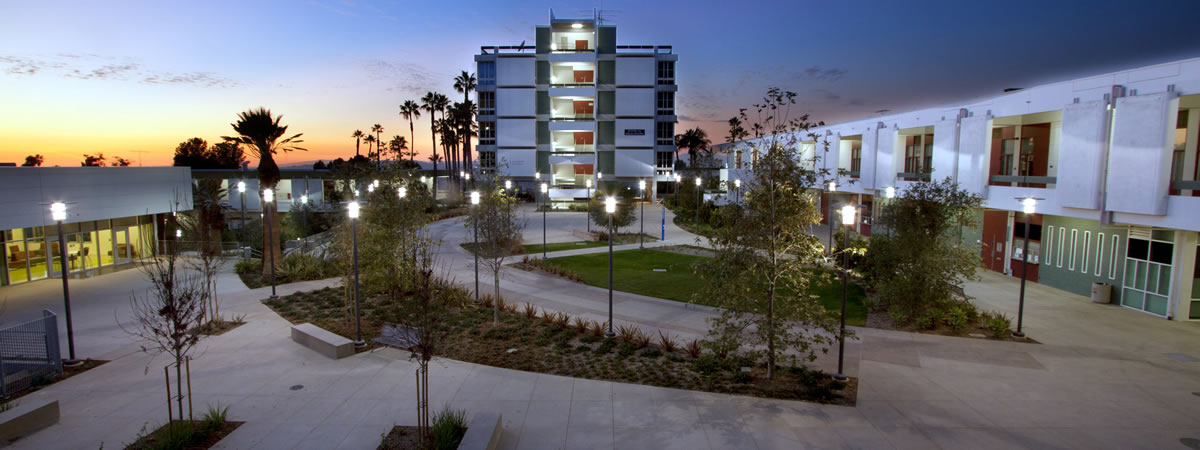Essay by: ISP043
Minutes feel like seconds, as the patient’s breathing starts to diminish. The only thing separating four novice students from success is appropriately administering the correct amount of insulin. As time goes on, the patient is no longer responsive. The students are left perplexed and no longer know what to do. A few moments later, the patient responds, “simulation over.” There are numerous stories that students can share about the benefits provided by the artificial human. I believe simulation lab is vital not only for developing critical thinking skills, but also a precursor for student education in diminishing nursing errors in the clinical setting.
Human patient simulation involves multiple skills to work simultaneously to achieve correct outcomes and objectives. The image painted of a real life patient allows instructors to submerge their students in a multidimensional environment to apply their skills measured by their level in nursing. In addition, it allows a student to embody the role of a real registered nurse, aimed to tailor the needs of a patient. After a simulation session, video feedback is used as a tool to amplify the ability to review and enhance learning. Communication plays such a pivotal role in the hospital setting and through simulation, it reveals a students level of communication skills with other colleagues and patients.
The ability to test student nurses on their communication skills through simulation is one of the best representations on why this form of learning will continue in years to come. Some scenarios include spiritual components. Nurses are challenged to react and respond to such questions that a patient may actually ask in the clinical setting. Students are also given a greater sense of responsibility in the simulation lab. As the instructors are only observing, it provides the students to start gaining confidence in their skills before applying them on the hospital floor.
In the summer of 2013, The International Nursing Association for Clinical Simulation & Learning will be hosting a conference, providing current knowledge in simulation enhanced education using evidence based learning. The purpose is to allow nurses and other healthcare providers the opportunity to network among other professionals. It will provide nurses to share best practice research addressing safety-related outcomes and its challenges. Professors and faculty alike are now embracing simulation lab as a key contributor in learning real life scenarios. This expansion will only continue in the next decade and provide far greater nurses in the process.
While not all nursing schools provide a simulation experience, it is critical in the field to push for and provide evidence based practice of its benefits. The critical thinking that is applied during simulations allows students to experience their specialty of interest and reinforce a higher education after becoming a registered nurse. The fact that student nurses will pursue higher education and develop critical thinking skills during the student learning process instead of applying them first in the hospitals, will advance learning by years.
For the next ten years, human patient simulation should be strongly practiced in all nursing schools. Schools such as those that provide iStan mannequins include advantages of high fidelity simulations, giving the students a chance to learn from real life scenarios before stepping into the clinical setting. Encouraging students and faculty to implement further studies in the simulation lab with every course a student takes is essential for patient care. Manikin simulation provide students the ability to practice head to toe assessments, critical thinking skills, and decision-making at no risk to a real patient. I believe simulation lab is vital for developing critical thinking skills, as well as reducing nursing errors.









